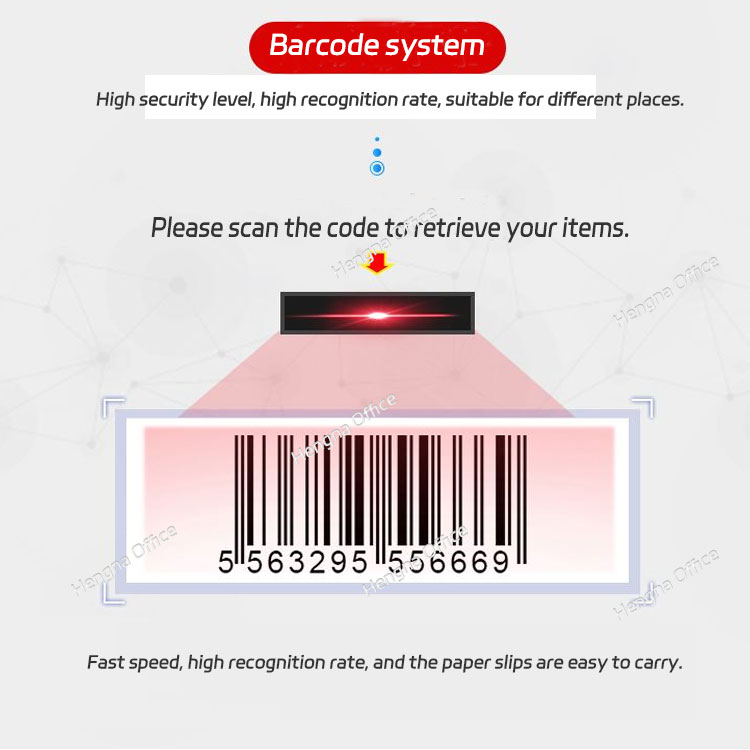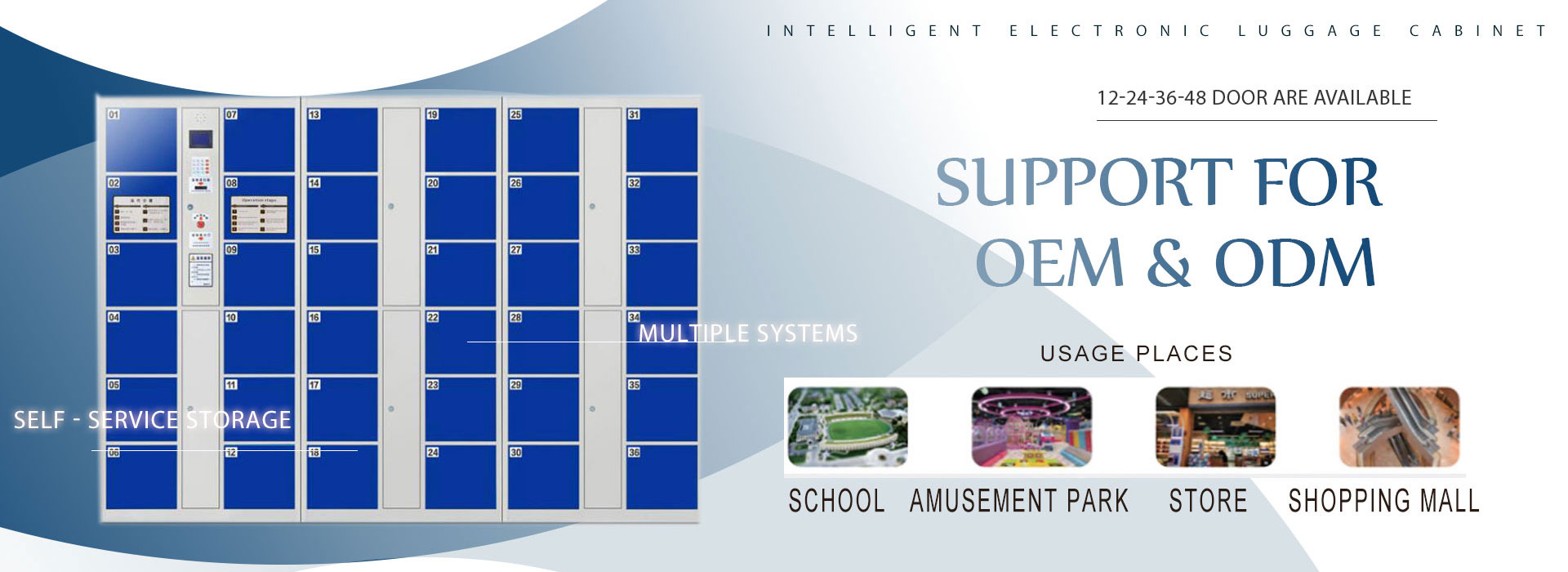When it comes to selecting an electronic locker, several factors need careful consideration to ensure you make the right choice.
Storage Needs
First and foremost, assess your storage requirements. Consider the size and quantity of items you’ll be storing. If you plan to store large backpacks, sports equipment, or multiple items at once, opt for lockers with spacious compartments. Some lockers come with adjustable shelves, providing flexibility in organizing different – sized items. On the other hand, if you only need to store small personal belongings like wallets, keys, and smartphones, smaller lockers can suffice, saving you space and potentially cost.
Security Features
Security is of utmost importance. Look for lockers equipped with reliable access control systems. Barcode – based lockers are popular as they generate unique codes for each use. PIN – based systems offer an added layer of security, allowing you to set a personal identification number. Biometric lockers, which use fingerprint or iris recognition, provide the highest level of security as they rely on unique physical characteristics. Ensure the locker has a sturdy locking mechanism to prevent unauthorized access
Durability
The durability of the electronic locker depends on the materials used. Lockers made from high – quality steel or reinforced plastics are more likely to withstand regular use and potential wear and tear. Check the thickness of the material, especially for the locker body and doors. Additionally, consider the quality of the electronic components. A well – built electronic locker should be resistant to environmental factors such as humidity and temperature changes, ensuring long – term functionality.
Compatibility and Integration
If you’re planning to use the locker in a specific environment, such as an office, school, or gym, consider its compatibility. Some lockers can be integrated with existing security systems or building management software. This integration can simplify access control and monitoring. For example, in a corporate setting, the locker system could be linked to the employee ID system, allowing seamless access.
User – Friendliness
Finally, the locker should be easy to use. The interface, whether it’s a touch – screen, keypad, or barcode scanner, should be intuitive. Clear instructions for depositing and retrieving items are essential, especially if the locker will be used by a diverse group of people. A user – friendly locker reduces the likelihood of errors and enhances the overall experience.
By taking these factors into account, you can select an electronic locker that meets your specific needs, providing a secure, convenient, and long – lasting storage solution.





